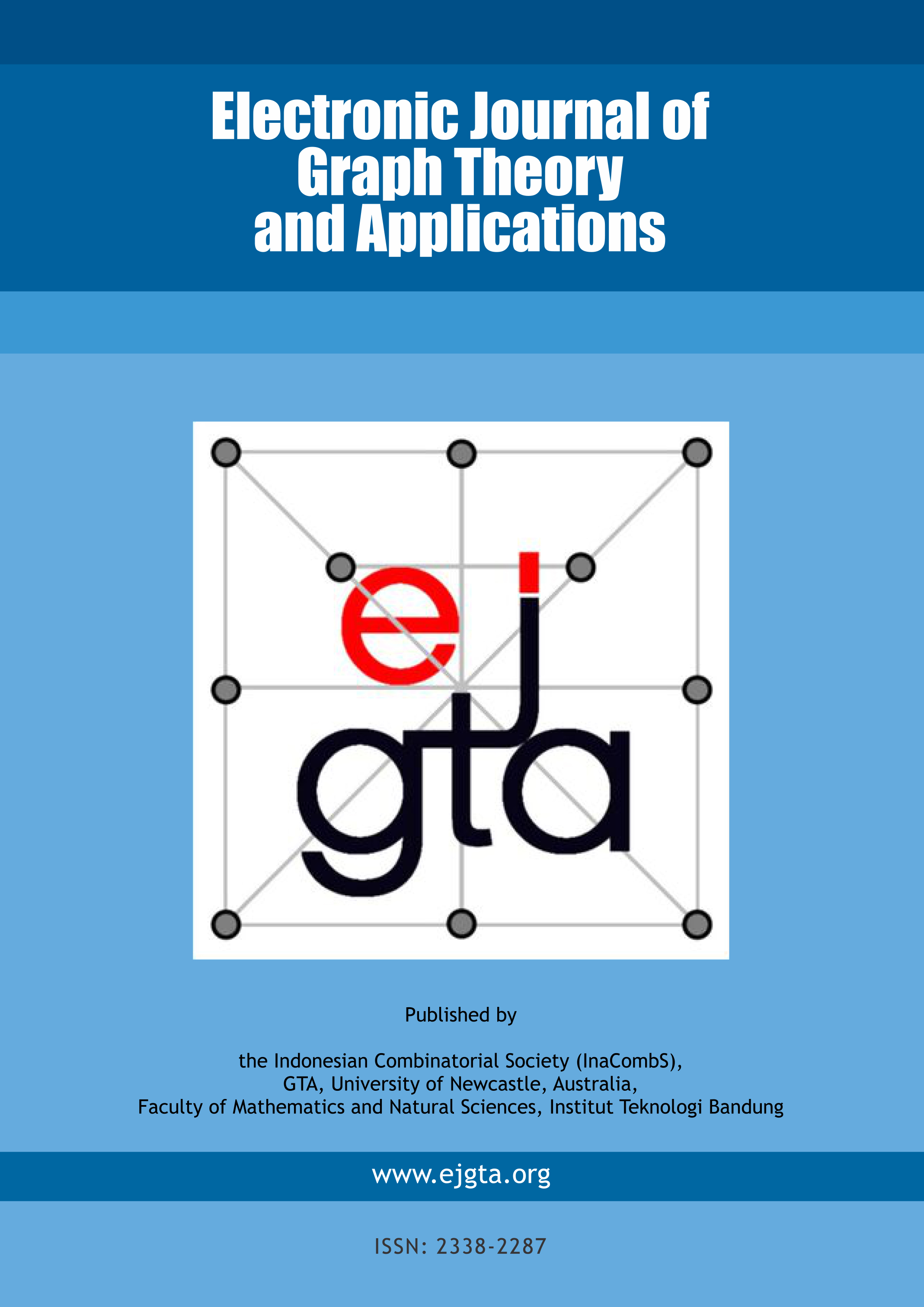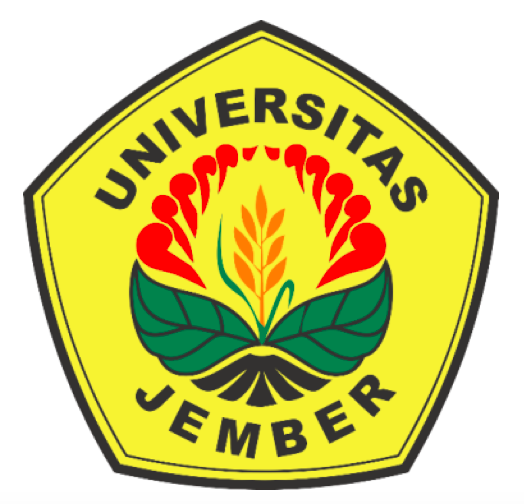Determining the robustness of an interdependent network with a hypergraph model
Abstract
The world is included of various entities and complex interdependencies between them that can be appeared in multi-layered networks. It may be the acting of some of these entities depends on the acting of the others such that the failure in one entity may cause failures in a number of others. In this paper we try to model these complex interdependencies in a interdependent network with a directed hypergraph model and then we propose an algorithm to determine minimum number of failure for total failure in the power grid and communication network as a special interdependent network.
Keywords
Full Text:
PDFDOI: http://dx.doi.org/10.5614/ejgta.2020.8.1.8
References
L. Akoglu and C. Faloutsos, RTG, A recursive realistic graph generator using random typing, Data Min. Knowl. Discov. 19 (2009), 194–209.
C. Berge, Graphs and Hypergraphs, (Elsevier, New York, 1973).
C. Berge, Hypergraphs, The Theory of Finite Sets, (North-Holland, Amsterdam, 1989).
A. Bernstein, D. Bienstock, D. Hay, M. Uzunoglu and G. Zussman, Power grid vulner- ability to geographically correlated failures-analysis and control implications, IEEE IN- FOCOM 2014 - IEEE Conference on Computer Communications, DOI: 10.1109/INFO- COM.2014.6848211.
S. V. Buldyrev, R. Parshani, G. Paul, H. E. Stanley and S. Havlin, Catastrophic cascade of failures in interdependent networks, Nature 464 (2010), 1025–1028.
E. Estrada and J. Rodriguez-Velazquez, Complex networks as hypergraphs, Arxiv preprint physics/0505137 (2005).
J. Gao, S. V. Buldyrev, H. E. Stanley and S. Havlin, Networks formed from interdependent networks, Nature Physics 8 (2011), 40–48.
C. MR, M. K. Menon and A. Vijayakumar, Some diameter notions in lexicographic product, Electron. J. Graph Theory Appl. 6 (2) (2018), 258–268.
D. T. Nguyen, Y. Shen, and M. T. Thai, Detecting critical nodes in interdependent power networks for vulnerability assessment, IEEE Transactions on Smart Grid 4 (2013), 151–159.
M. Parandehgheibi and E. Modiano, Robustness of interdependent networks: The case of communication networks and the power grid, Global Conference (GLOBECOM), IEEE, (2013), 2164–2169.
S. Rinaldi, J. Peerenboom and T. Kelly, Identifying, understanding and analyzing critical infrastructure interdependencies,Control Systems, IEEE, 21 (2001),11–25.
V. Rosato, L. Issacharoff, F. Tiriticco, S. Meloni, S. Porcellinis and R. Setola, Modelling interdependent infrastructures using interacting dynamical models, International Journal of Critical Infrastructures 4 (2008), 63–79.
A. Sen, A. Mazumder, J. Banerjee, A. Das and R. Compton, Identification of K Most Vul- nerable Nodes in Multi-layered Network Using a New Model of Interdependency, Computer Communications Workshops (INFOCOM WKSHPS), IEEE Conference on, (2014), 831–836.
J. Shao, S. V. Buldyrev, S. Havlin, and H. E. Stanley, Cascade of failures in coupled network systems with multiple support-dependence relations, Physical Review E 83 (2011).
P. Shetty D. and M. P. Lakshmi, Minimizing the maximum sender interference by deploying additional nodes in a wireless sensor network, Electron. J. Graph Theory Appl. 7 (1) (2019), 169–182.
P. Zhang, S. Peeta and T. Friesz, Dynamic game theoretic model of multi-layer infrastructure networks, Networks and Spatial Economics 5 (2005), 147–178.
Refbacks
- There are currently no refbacks.
ISSN: 2338-2287

This work is licensed under a Creative Commons Attribution-ShareAlike 4.0 International License.



